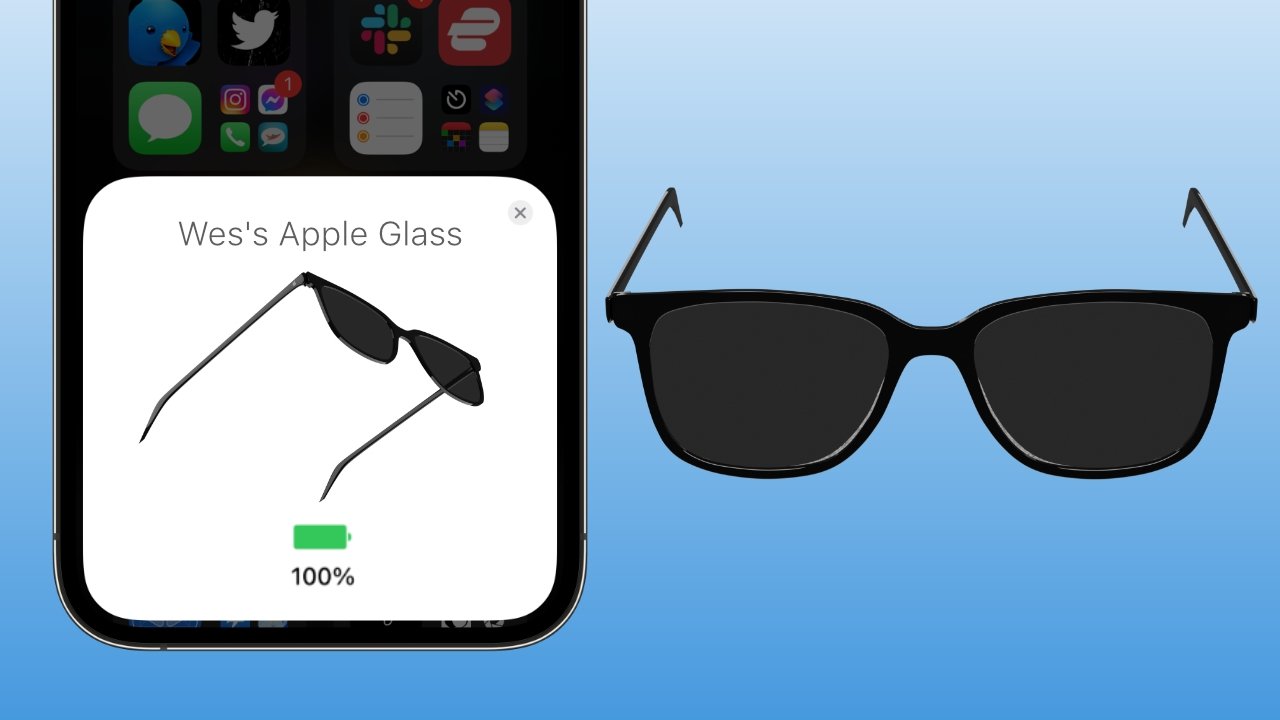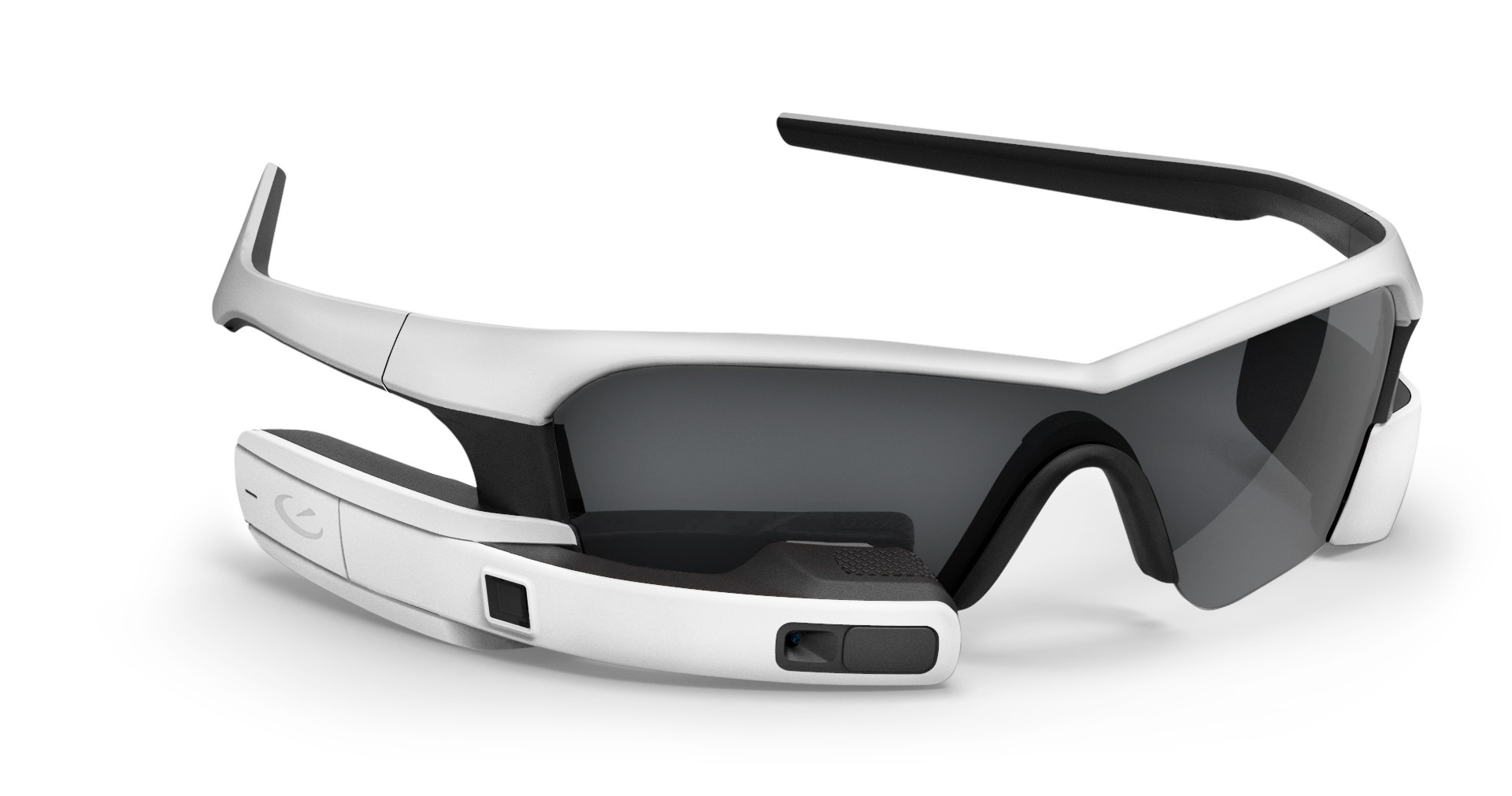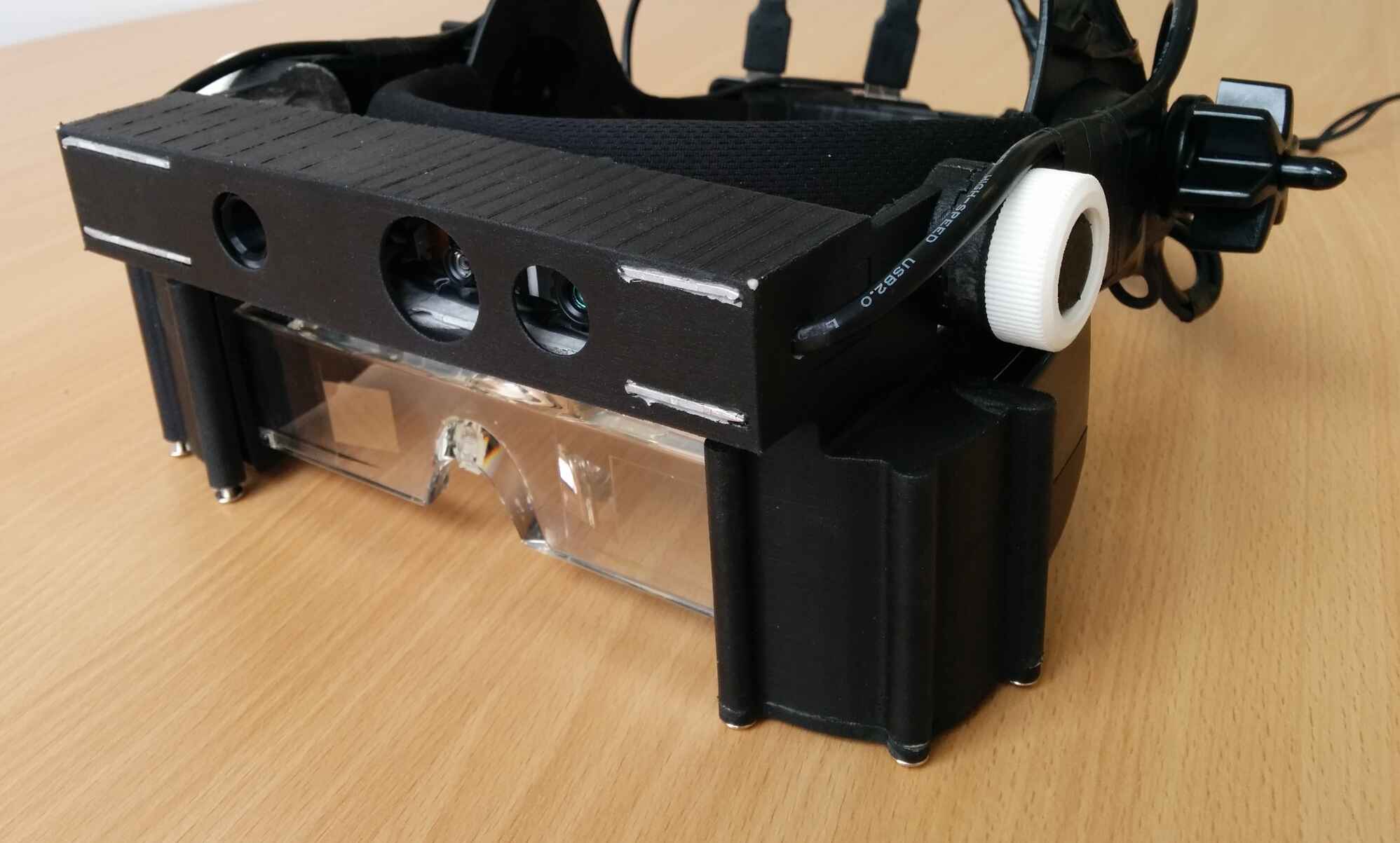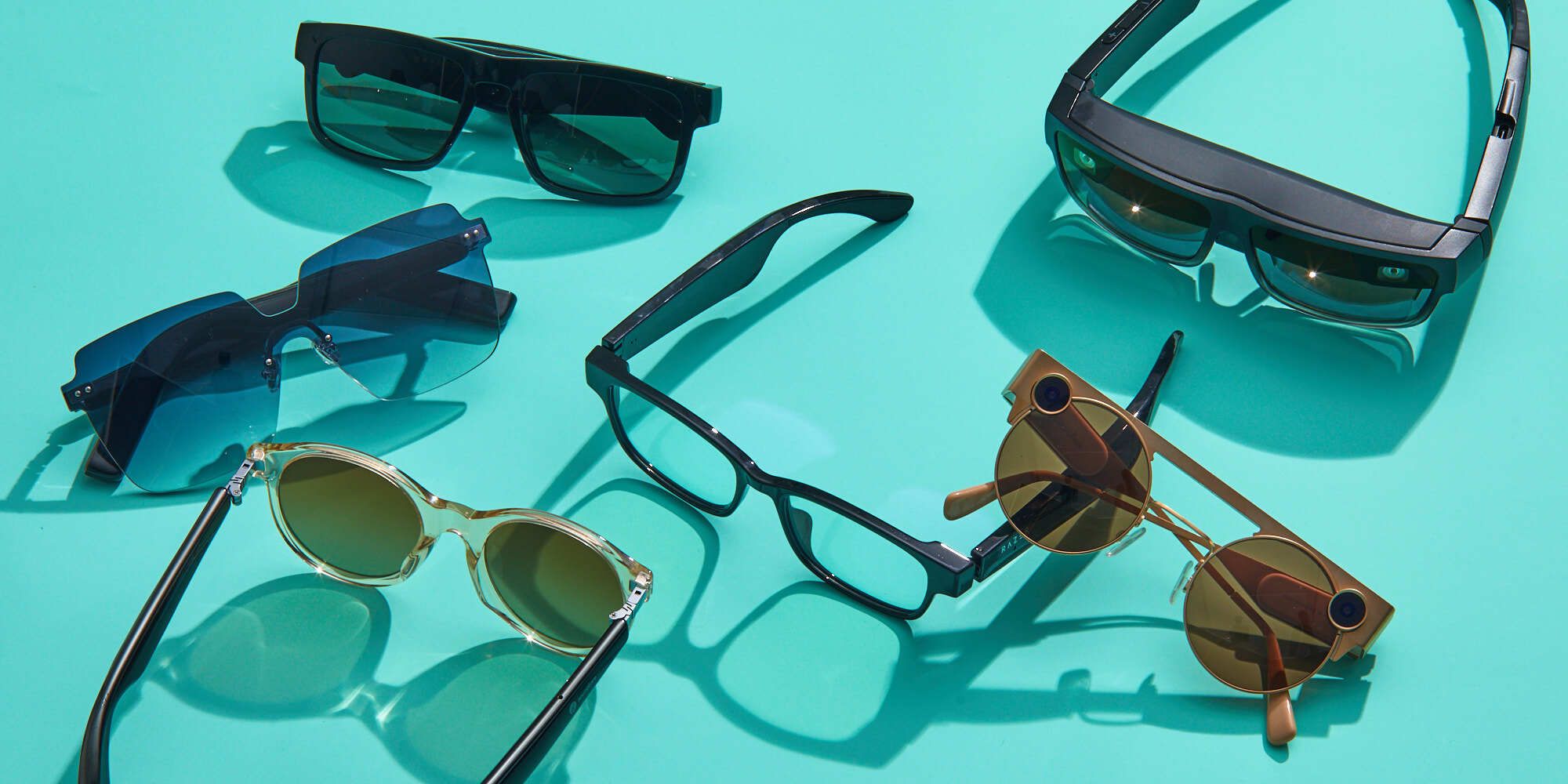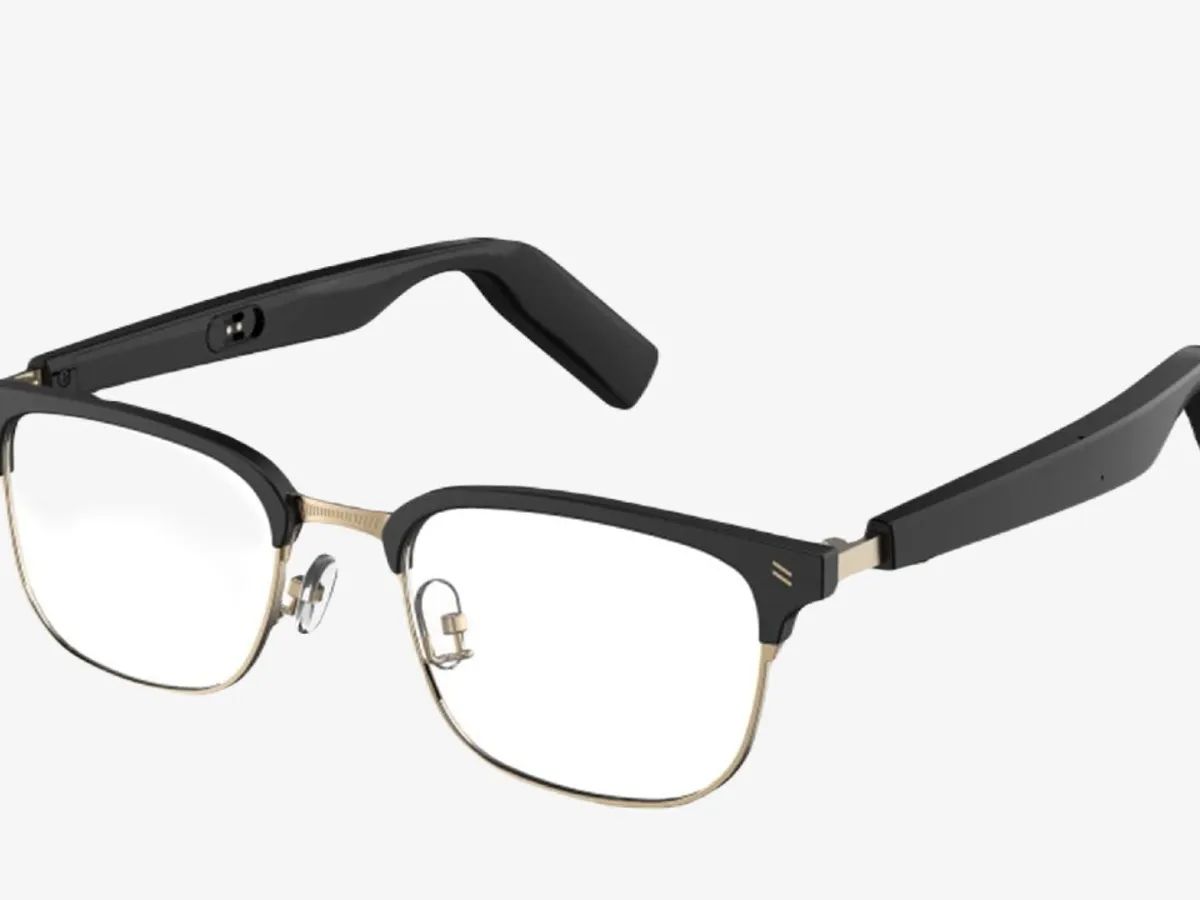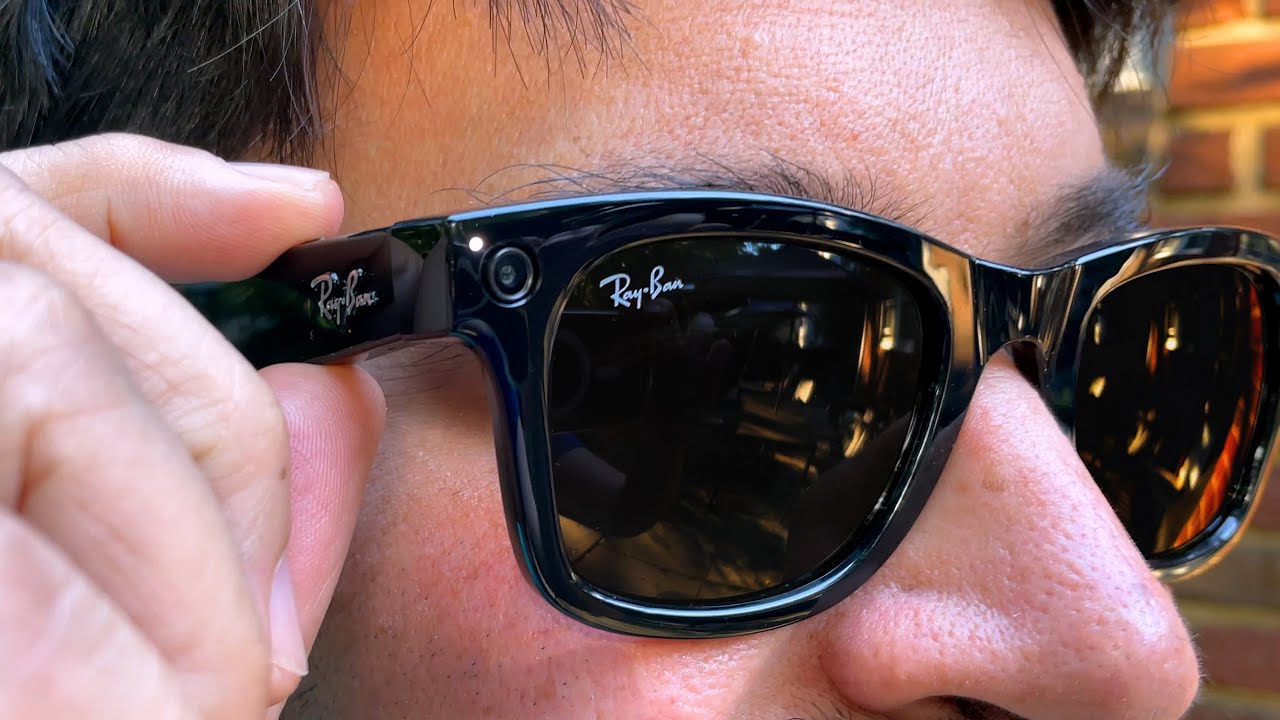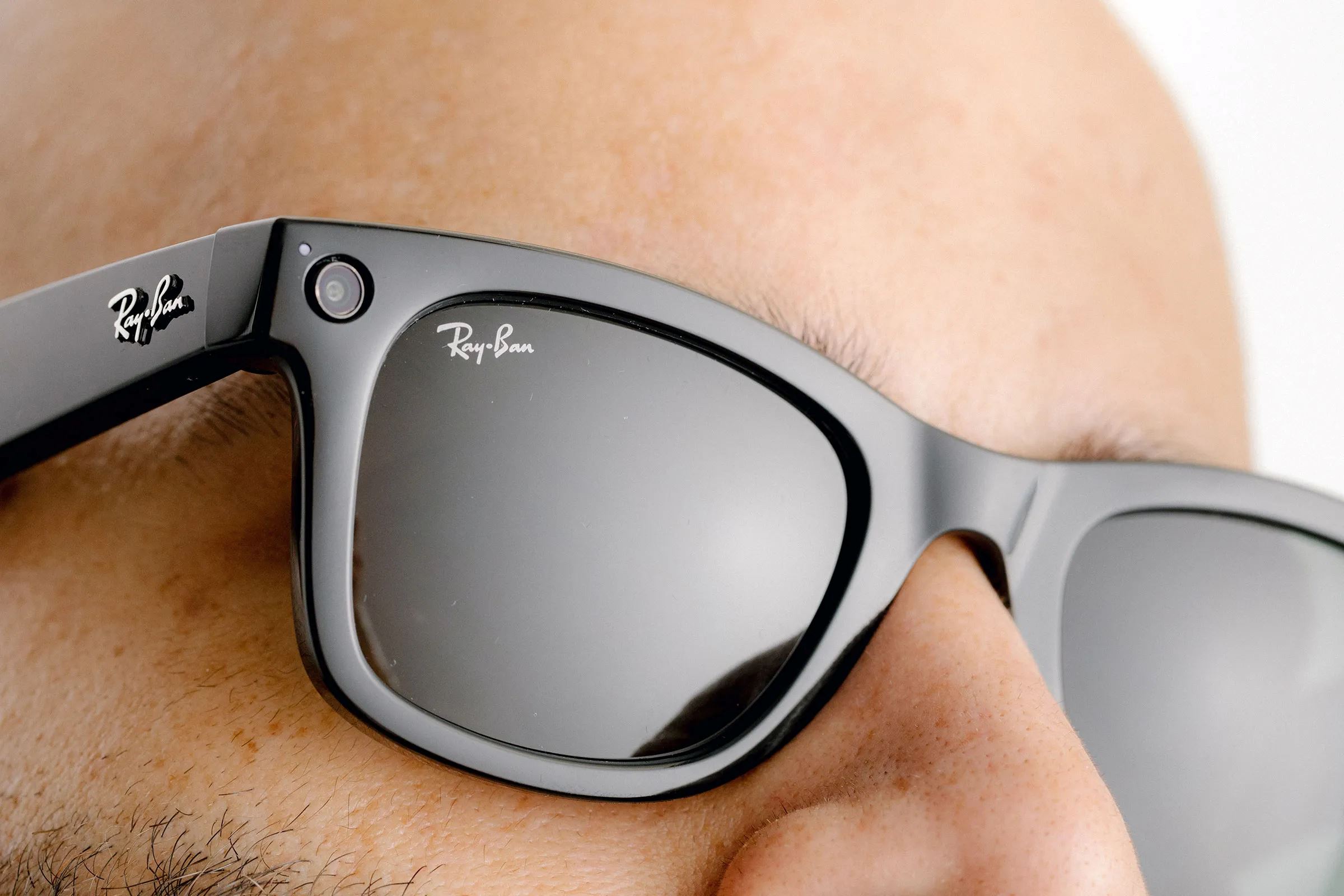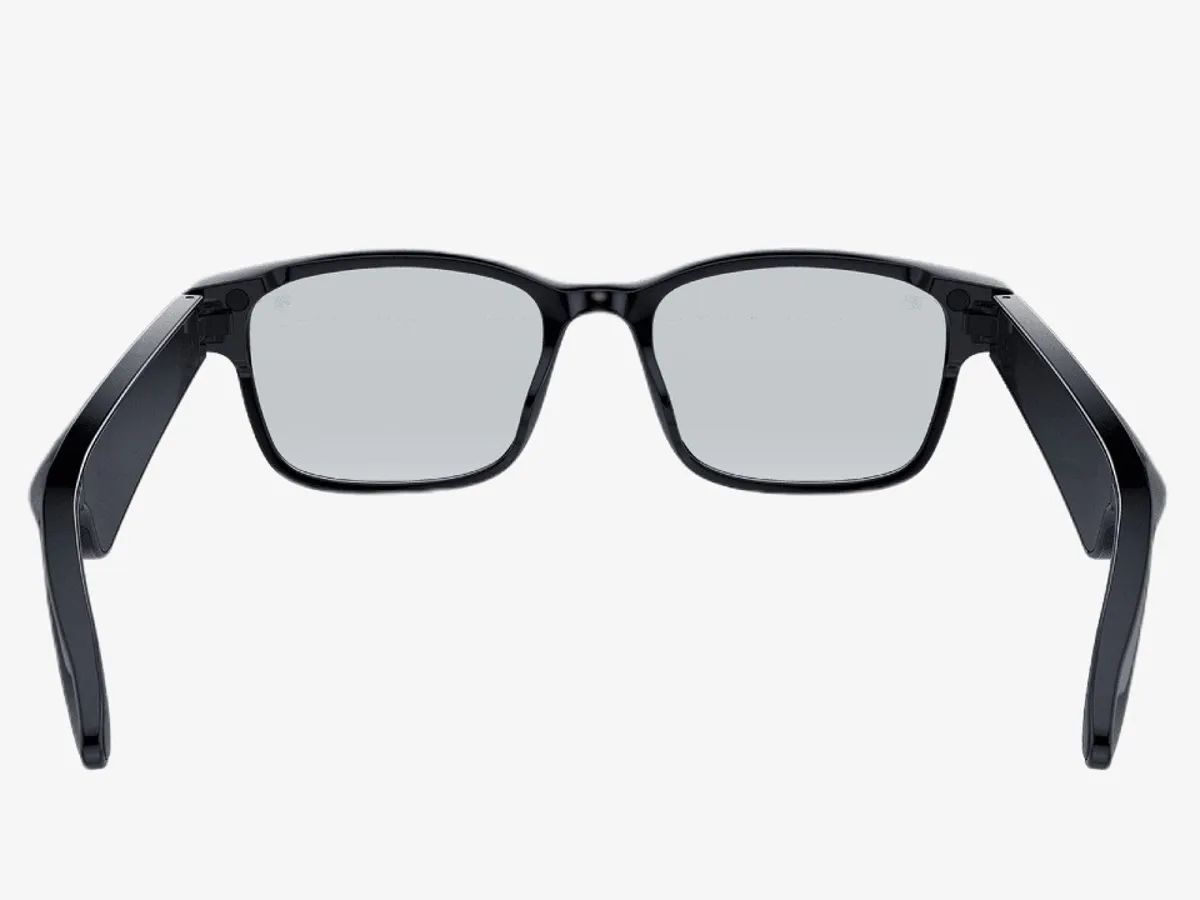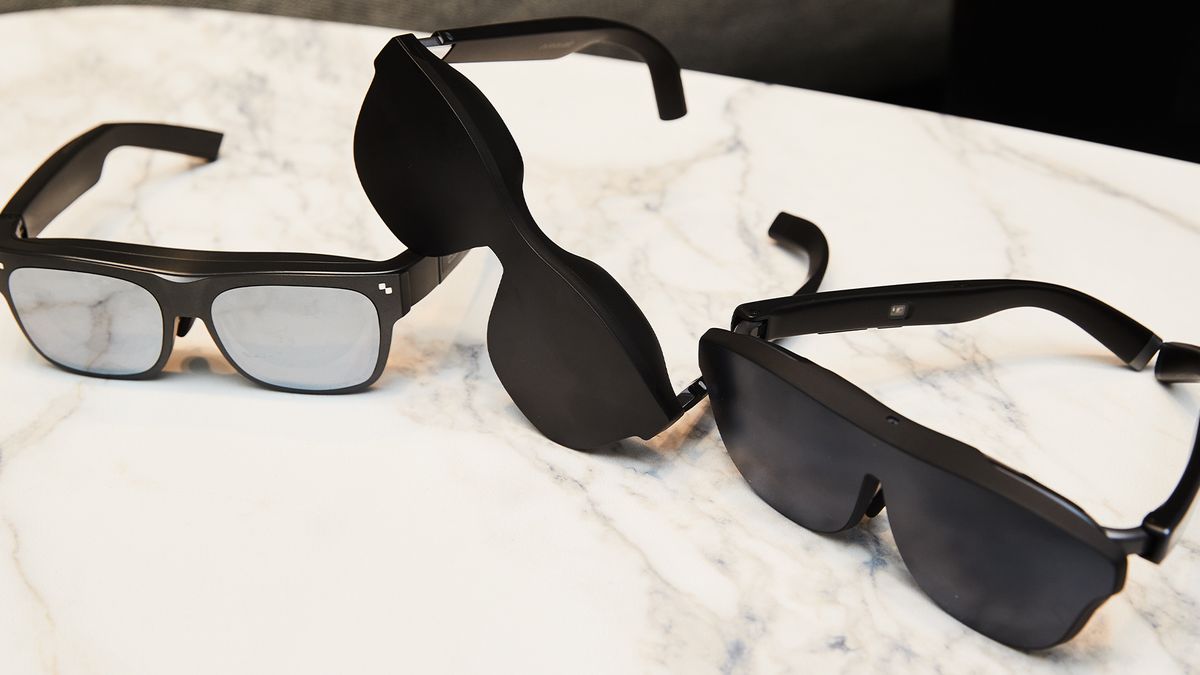Introduction
Smart glasses have long been a fixture of science fiction, captivating our imaginations with their futuristic appeal. From the iconic eyewear in movies like “Back to the Future” to the sleek gadgets featured in “Mission Impossible,” smart glasses have made a lasting impression on popular culture. But when will these cutting-edge devices actually become a reality?
The concept of smart glasses revolves around incorporating advanced technology into the frames of traditional eyeglasses. These high-tech spectacles have the potential to revolutionize the way we interact with the digital world, seamlessly blending virtual information with our physical surroundings. With the advancements in augmented reality (AR) and virtual reality (VR) technologies, smart glasses have the potential to offer a truly immersive and interactive experience.
While smart glasses have been teased by tech giants like Google and Microsoft in the past, their mainstream adoption has been slower than anticipated. However, recent developments suggest that we may be on the verge of a breakthrough in smart glasses technology. Companies are investing heavily in research and development to address the challenges and make these devices more accessible and user-friendly for consumers.
In this article, we will explore the current state of smart glasses, the challenges they face, potential release dates, and the companies working tirelessly to bring this exciting technology to the masses. Furthermore, we will delve into the potential applications that smart glasses could have in various industries, from healthcare to entertainment.
The Rise of Smart Glasses
In recent years, we have witnessed a growing interest in wearable technology, with smartwatches and fitness trackers becoming increasingly popular. Smart glasses, with their potential to offer a hands-free and immersive user experience, are the next frontier in this technological revolution.
The idea of smart glasses gained significant traction when Google introduced Google Glass in 2013. Google Glass was a head-mounted display that allowed users to view information in a hands-free format and interact with the digital world through voice commands and gestures. While the initial response was mixed, it sparked a wave of excitement and curiosity about the possibilities of this new technology.
Following Google’s lead, other tech giants like Microsoft and Apple started exploring the potential of smart glasses. Microsoft unveiled its HoloLens, an augmented reality headset that offered a whole new way of interacting with digital content in a real-world environment. Apple is rumored to be working on its own version of smart glasses, aiming to integrate them with the Apple ecosystem.
The rise of smart glasses is not limited to major tech companies. Startups and smaller companies are also making significant strides in this area. These companies are driven by a desire to create innovative and user-friendly smart glasses that cater to diverse needs.
One of the main factors fueling the rise of smart glasses is the advancements in AR and VR technologies. Augmented reality overlays digital information onto the real world, while virtual reality creates a completely immersive digital environment. Smart glasses have the potential to merge these two technologies, creating a seamless blend of virtual and physical realities.
Additionally, the increasing demand for wearable technology and the growing popularity of IoT (Internet of Things) devices have created a favorable environment for the widespread adoption of smart glasses. These devices have the capacity to connect with other devices, such as smartphones and smart home systems, offering a more integrated and personalized user experience.
As smart glasses continue to evolve and become more affordable, it is expected that their popularity will soar. With the advent of 5G technology and advancements in battery life and computing power, the capabilities of smart glasses will greatly expand, making them even more attractive to consumers.
In the next sections of this article, we will delve into the current state of smart glasses, the challenges they face, and the potential release dates we can expect for these innovative devices.
Current State of Smart Glasses
The current state of smart glasses can be described as a mixture of both progress and ongoing challenges. While there have been significant advancements in the technology, there are still limitations that need to be overcome for widespread adoption.
One of the notable developments in smart glasses is the improvement in display technology. Early iterations of smart glasses, such as Google Glass, featured a small display that was positioned in the wearer’s field of view. This limited display size made it challenging to provide a truly immersive experience. However, recent models, like the Microsoft HoloLens, utilize transparent displays that overlay digital information onto the real world, creating a more immersive augmented reality experience.
Another area of progress is in the functionality and connectivity of smart glasses. Many modern smart glasses now have built-in sensors, cameras, and microphones, enabling features such as gesture recognition and voice commands. These devices can connect wirelessly to smartphones, allowing users to receive notifications, make calls, and access a wide range of apps and services.
However, there are still several challenges that need to be addressed to propel smart glasses into the mainstream. One major challenge is the issue of design and comfort. Smart glasses need to be lightweight, stylish, and comfortable enough to be worn for extended periods without causing discomfort. Users are not likely to embrace smart glasses if they are cumbersome or draw unnecessary attention.
Another hurdle is the limited battery life of smart glasses. Continuous usage of the display, sensors, and wireless connectivity places a high demand on the device’s battery. Prolonged battery life is crucial to ensure that smart glasses can be used throughout the day without the need for frequent recharging.
Data privacy and security are also key concerns for smart glasses. These devices have the potential to collect and transmit sensitive information about the user and their surroundings. It is essential for manufacturers to implement robust security measures to protect user privacy and prevent unauthorized access to personal data.
Despite these challenges, several companies are actively working on overcoming these obstacles and improving the current state of smart glasses. Research and development efforts are focused on miniaturizing components and improving energy efficiency, as well as enhancing user experience and addressing privacy concerns.
In the next section, we will explore the possible release dates for smart glasses and discuss the expectations surrounding their availability in the consumer market.
Challenges Faced by Smart Glasses
While smart glasses hold immense potential, there are several challenges that need to be addressed before they can become widely adopted by consumers. These challenges range from technological limitations to social and ethical concerns.
One of the primary challenges is the issue of design and aesthetics. Smart glasses need to be visually appealing and comfortable to wear for extended periods. They should seamlessly integrate with different styles and fashion preferences, rather than standing out as a conspicuous piece of technology. Overcoming this challenge is crucial to ensure that smart glasses are not only functional but also socially acceptable.
Another significant hurdle is the battery life of smart glasses. To provide a seamless augmented reality experience, smart glasses require powerful processors, display components, and wireless connectivity. However, these features put a strain on the device’s battery life, leading to frequent recharging. Extending battery life and optimizing power consumption are essential to make smart glasses more practical and user-friendly.
Data privacy and security are also critical concerns for smart glasses. These devices collect and process a considerable amount of personal information, both from the wearer and their surroundings. It is crucial to establish robust security measures to ensure that this data is protected from unauthorized access and potential misuse. Building trust among users regarding data privacy will be vital for the success of smart glasses.
Another challenge lies in the development of intuitive user interfaces. Smart glasses should provide a seamless and intuitive user experience, allowing users to interact with digital information naturally. This involves overcoming technical obstacles, such as accurate gesture recognition and voice commands, as well as designing user interfaces that are intuitive and easy to navigate.
Additionally, addressing social concerns and cultural norms is essential for the widespread adoption of smart glasses. Factors such as privacy concerns, social etiquette, and the potential for distraction or disconnection from the real world need to be acknowledged and addressed. Raising awareness and educating the public about the benefits and responsible use of smart glasses can help alleviate some of these concerns.
Lastly, the cost of smart glasses remains a significant barrier to adoption. Currently, most smart glasses are relatively expensive, making them inaccessible to a large portion of the population. Manufacturers will need to find ways to reduce production costs and develop more affordable options without compromising on quality and functionality.
Despite these challenges, the advancements in technology and the dedication of companies working in the field are gradually breaking down barriers. As smart glasses continue to evolve, addressing these challenges will be crucial to ensure their successful integration into our daily lives.
Possible Release Dates for Smart Glasses
The release dates for smart glasses have been the subject of much speculation and anticipation. While exact dates can be challenging to predict, there are indications that we may see significant advancements and product launches in the near future.
Some tech industry experts believe that smart glasses could start becoming more widely available within the next couple of years. Companies like Apple and Facebook have already hinted at their interest in developing smart glasses, and industry insiders suggest that we may see their offerings by as early as 2022 or 2023. These companies have the resources and expertise to bring innovative products to market, and their entry into the smart glasses space could hasten their adoption.
Other major players in the tech industry, such as Microsoft and Google, have already released their versions of smart glasses, albeit in limited capacities. Microsoft’s HoloLens has been commercially available for developers and businesses, while Google Glass has been repositioned as an enterprise-focused tool. However, it is plausible that updated versions or consumer-centric versions of these devices may be released in the next few years.
Moreover, there are several startups and smaller companies actively working on developing their smart glasses. These companies are refining the technology, addressing design and functionality concerns, and aiming to bring their products to market in the coming years. Their efforts contribute to the growing possibilities of seeing an assortment of smart glasses hitting store shelves in the near future.
It is important to note that release dates may vary across different regions and markets. Initially, smart glasses may be released in limited quantities in specific countries before expanding to a more global scale. This phased approach allows companies to evaluate consumer response, work out any issues, and make improvements before a wider release.
While specific release dates remain uncertain, one thing is clear: the demand and interest for smart glasses continue to grow. Consumers are eagerly awaiting the arrival of these highly anticipated devices, and companies are actively working to meet this demand by refining their products and overcoming technological challenges.
As advancements in technology continue to accelerate and companies invest in research and development, the release of consumer-ready and commercially viable smart glasses may not be too far off. It is an exciting time for the industry, and with each passing day, we inch closer to a future where smart glasses become a commonplace wearable technology.
Companies Working on Smart Glasses
The development of smart glasses has attracted the attention of various tech giants and innovative startups alike. From established industry leaders to emerging players, numerous companies are actively working on advancing the technology and bringing smart glasses to the market.
One of the most prominent companies in the smart glasses arena is Apple. Known for pushing the boundaries of technology, Apple has been rumored to be developing its own version of smart glasses. Although details are scarce, speculations suggest that Apple’s smart glasses may integrate with its existing ecosystem and offer a seamless user experience.
Facebook, the social media giant, is also investing in the development of smart glasses. In partnership with Luxottica, a leading eyewear company, Facebook is working on creating smart glasses that combine fashion with advanced technology. Their vision is to bring AR experiences to everyday eyewear, enabling users to connect, share, and interact in new ways.
Microsoft is a key player in the smart glasses space with their HoloLens. Originally targeting the enterprise market, HoloLens allows users to interact with holograms and virtual objects in a mixed reality environment. Microsoft is constantly refining the HoloLens technology and is expected to release updated versions that cater to both consumer and business communities.
Google, the company that initially sparked the interest in smart glasses with Google Glass, has shifted its focus to enterprise applications. Google’s enterprise edition of smart glasses offers hands-free access to information, aiding workers in various industries such as healthcare, manufacturing, and logistics.
In addition to these tech giants, there are numerous startups working to make their mark in the smart glasses market. North, a Canadian startup acquired by Google, is focused on creating stylish and functional smart glasses. Their Focals offer a discreet AR interface, delivering notifications, directions, and other customizable information directly to the wearer’s field of view.
Another startup making waves is Vuzix, which has been developing augmented reality smart glasses for enterprise applications. Vuzix glasses provide hands-free guidance, real-time data, and remote collaboration capabilities, catering to industries like healthcare, logistics, and field service.
Other notable players in the field of smart glasses include Epson, known for their Moverio smart glasses, which provide augmented reality experiences for various industries, and Nreal, a company that aims to deliver lightweight, consumer-friendly AR glasses that seamlessly integrate into everyday life.
These companies are investing significant resources in research and development, focusing on improving the design, functionality, and user experience of smart glasses. Their collective efforts drive innovation and bring us closer to a future where smart glasses become an integral part of our daily lives.
Potential Applications of Smart Glasses
Smart glasses have the potential to revolutionize various industries and transform the way we interact with our environment. From enhancing productivity to improving entertainment experiences, the applications of smart glasses are vast and diverse.
One of the most promising areas for smart glasses is in the field of healthcare. Smart glasses can provide real-time access to patient records, diagnostic information, and medical guidelines, allowing healthcare professionals to have hands-free access to critical information during procedures and consultations. Additionally, smart glasses can enable remote consultations, allowing doctors to virtually examine and diagnose patients who are located far away, thus bridging the gap in access to healthcare services.
In manufacturing and logistics, smart glasses can enhance productivity and efficiency. Workers can have real-time access to instructions, inventory data, and step-by-step guides via augmented reality overlays. This can streamline assembly line processes, minimize errors, and improve worker safety by providing guidance and instructions directly in the field of view.
Smart glasses also have the potential to revolutionize the field of education. With augmented reality features, students can have immersive learning experiences, visualizing complex concepts, and interacting with virtual objects. Smart glasses can also facilitate remote learning, enabling students to connect with teachers and peers in virtual classrooms, regardless of their physical location.
Another exciting application of smart glasses is in the realm of entertainment and gaming. With augmented reality technology, smart glasses can overlay digital content onto the physical world, bringing gaming experiences to life in new and immersive ways. Whether it’s battling virtual monsters in your own living room or experiencing interactive storytelling in a theme park, smart glasses have the potential to create captivating entertainment experiences.
Field service workers, such as technicians and mechanics, can benefit from smart glasses as well. With access to repair manuals, real-time data, and remote expert assistance, workers can perform complex tasks more efficiently and effectively. Hands-free operation and immediate access to information can reduce the time required for troubleshooting and increase overall productivity in the field.
In the retail industry, smart glasses can enhance the shopping experience for customers. By providing personalized recommendations, product information, and even virtual try-ons, smart glasses can assist shoppers in making informed decisions and provide a more engaging and immersive retail experience.
These are just a few examples of the potential applications of smart glasses. As the technology continues to advance and our understanding of its capabilities expands, new possibilities will emerge in various industries. Smart glasses have the power to transform how we work, learn, interact, and entertain ourselves, sparking innovation and improving our overall quality of life.
Conclusion
Smart glasses have long captured our imaginations with their futuristic appeal, offering a seamless blend of the digital and physical worlds. While the journey to mainstream adoption has been met with both progress and challenges, the future looks promising for this cutting-edge technology.
The rise of smart glasses, fueled by advancements in augmented reality and virtual reality technologies, has caught the attention of tech giants and startups alike. Companies such as Apple, Facebook, Microsoft, and Google are investing significant resources in developing their versions of smart glasses, aiming to create stylish, functional, and user-friendly devices.
The current state of smart glasses showcases improvements in display technology, functionality, and connectivity. However, challenges still remain, including design and comfort, battery life, data privacy and security, and developing intuitive user interfaces that seamlessly integrate with our daily lives.
The release dates for smart glasses remain uncertain, but indications point to significant advancements within the next few years. Tech giants, as well as startups, are actively working to refine the technology and address the challenges, potentially bringing smart glasses to the consumer market by as early as 2022 or 2023.
The potential applications of smart glasses are vast and diverse, ranging from healthcare and education to manufacturing and entertainment. Smart glasses have the ability to enhance productivity, improve access to information, streamline processes, revolutionize gaming experiences, and create captivating entertainment and retail experiences.
As the technology continues to evolve, smart glasses have the power to transform the way we interact with our environment, revolutionizing industries and improving our daily lives. With each passing day, we come closer to a future where smart glasses are seamlessly integrated into our routines, enabling us to navigate the digital world with greater convenience and productivity.
While challenges lie ahead, the progress made and the dedication of companies working on smart glasses signify a promising future for this innovative technology. As we eagerly await the arrival of smart glasses in the market, it is clear that they have the potential to reshape our reality and unlock new possibilities beyond our imagination.







